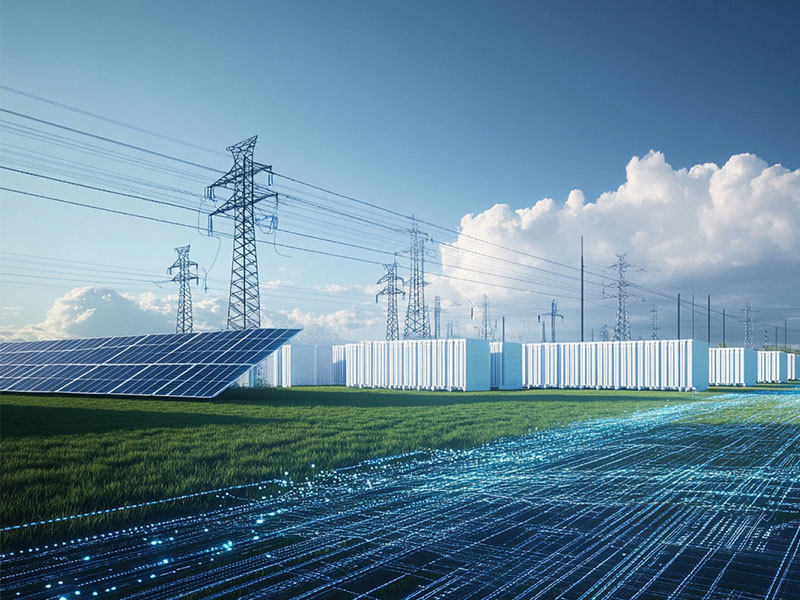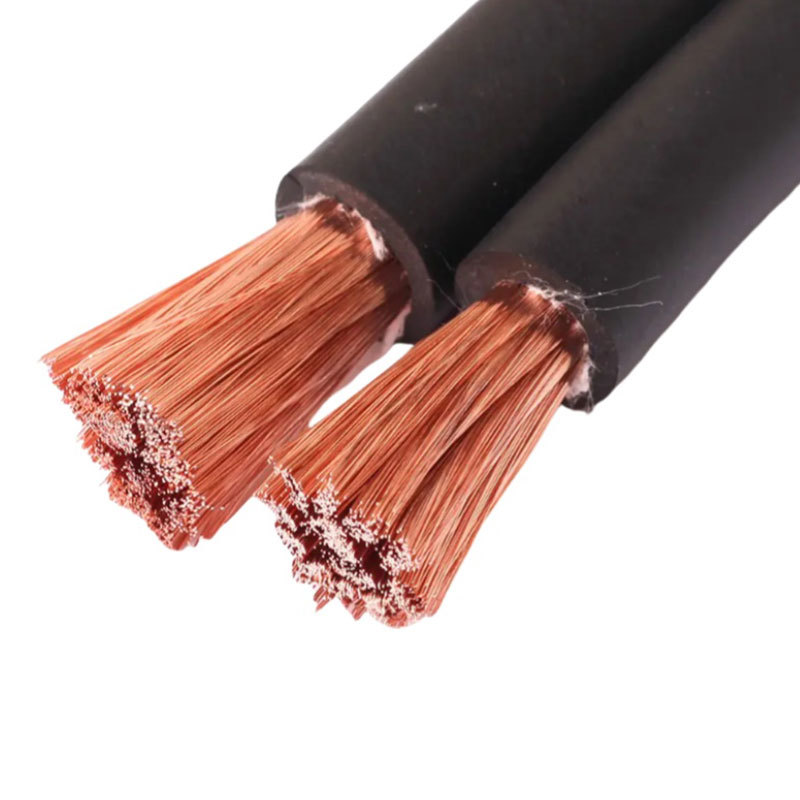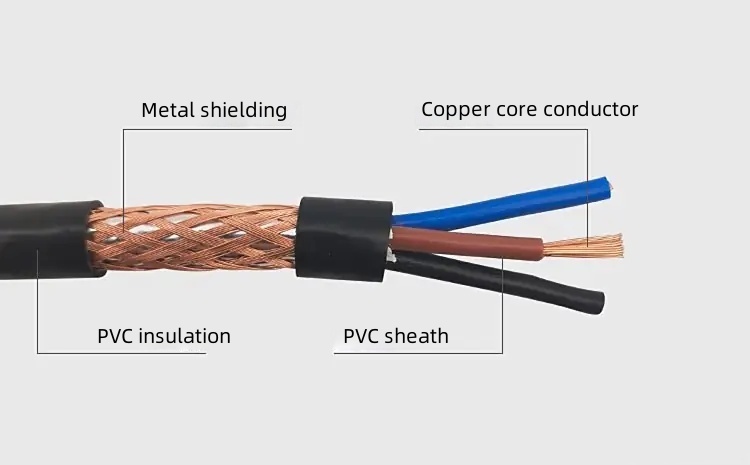Overview and Future Development Prospects of the Wire and Cable Industry

China is a major producer of wires and cables, but not a strong producer of wires and cables. Although China's cable industry has high production capacity, there is a problem of unreasonable product structure. Enterprises mainly produce low value-added medium and low voltage cables, and their production capacity has become surplus. The competition in the market is fierce, and the surplus level has also declined. High voltage, ultra-high voltage and other high-end cable products rely on imports. In 2009, China imported 281900 tons of wire and cable products, with an import value of 3.676 billion US dollars. Compared with 2017, the import quantity decreased by 72900 tons, but the import value increased by 1.301 billion US dollars. According to data from the General Administration of Customs, during the 12th Five Year Plan period, the average unit price (unit weight price ratio) of imported cable products in China was about twice that of exported products. The investment in the construction of high-voltage and ultra high voltage power grids in China is increasing day by day, but the vast majority of cable companies in China are struggling to produce the products needed in the market, which has become a major challenge for the cable industry.
Prospects for the development of the wire and cable profession
1. The initiative in career development
First place, urbanization process. Since the reform and opening up, China's urbanization process has accelerated. In 1978, China's urbanization rate was only 17.92%. In 2009, the urbanization rate reached 46.59%. By the end of 2011, China's urbanization rate had exceeded 47%. Since the reform and opening up, the urbanization rate has been increasing by an average of 0.88 percentage points annually. However, China's urbanization level still lags behind the international average of 49%, and there is huge room for improvement compared to the 78% urbanization level of high-income countries. According to China Development Statement 2010: China's New Urbanization Strategy to Promote Human Development issued by the China Development Research Foundation, it is assumed that the average annual growth rate of China's GDP in the next 20 years will be 6%, and the per capita GDP of China will reach 13000 US dollars by 2030. If we can adapt to the development trend of the shopping mall economy and gradually eliminate the criteria and other obstacles that hinder urbanization, China's urbanization rate should reach a level of 65% by 2030. With the rapid progress of urbanization, the demand for transmission, distribution, and rail transit cables in urban construction will continue to increase.
Secondly, the construction of the power grid. During the 12th Five Year Plan period, China will continue to promote the renovation of rural power grids and the construction of ultra-high voltage power grids. Authoritative experts from the State Grid Energy Research Institute recently stated that State Grid will invest 2.55 trillion yuan in power grid construction during the 12th Five Year Plan period, of which 500 billion yuan will be used for investment in ultra-high voltage power grid lines, 500 billion yuan for investment in distribution network lines, and about 155 trillion yuan for investment in power grid lines of other voltage levels. During the 11th Five Year Plan period, State Grid invested 1.5 trillion yuan in the power grid, and the investment in the power grid during the 12th Five Year Plan period increased by 68% year-on-year. The increase in investment in the power grid has become a direct driving force for the development of the cable industry, especially the construction of ultra-high voltage power grids, which has brought huge opportunities and challenges to China's cable enterprises. In order to obtain orders for ultra-high voltage cables, it is necessary for Chinese cable companies to increase their research efforts, quickly grasp the production skills of high voltage and ultra-high voltage cables, and improve the production process.
Thirdly, the construction of high-speed railway networks. In the 12th Five Year Plan for the Development of the Transport System (Draft for Comments) (hereinafter referred to as the "Plan"), the construction policy of the entire transport infrastructure was proposed: by the end of 2015, the national high-speed railway network and the national highway network should be basically completed, the layout of ports around the Bohai Sea, the Yangtze River Delta, the southeast coast, the the Pearl River Delta and the southwest coast should be improved, the construction of inland waterway network, civil airports, oil and gas pipelines and urban transport facilities should be accelerated, and the development of transport hubs should be promoted, forming a transport network with the "five vertical and five horizontal" as the main framework, with a total distance of 4.89 million kilometers. For the rapid railway network, the operating distance of China's rapid railways will reach 45000 kilometers by 2015, with a five-year growth rate of 438.4%. During the organization of railway construction during the 12th Five Year Plan period, Minister of Railways Sheng Guangzu stated that the investment in infrastructure will reach 2.8 trillion yuan, and the total scale of new line production will be controlled within 30000 kilometers. By 2015, the national railway double track rate and electrification rate will reach over 50% and 60% respectively. The increase in railway investment will inevitably enhance the demand for locomotive cables, communication and signal cables.
2. Hazardous factors in occupational development
At the top of the list, raw material prices have fluctuated significantly. Copper and aluminum are the most important raw materials for the wire and cable industry, and a significant fluctuation in their prices will directly affect the profitability of cable companies, even leading to a livelihood crisis in extreme cases.
Secondly, the impact of policy adjustments on supply-demand balance. China is a market economy under macroeconomic regulation, and the introduction and adjustment of national industrial policies will have a serious impact on related professions. Nowadays, the industrial policies related to the cable industry mainly include plans for power grid construction, railway network construction, strategic emerging industries such as car and advanced equipment production and new energy, energy conservation and emission reduction plans, as well as policies for real estate control and affordable housing construction. The development of these industries will directly affect the demand for wires and cables. However, because the formulation and implementation of policies often require corresponding adjustments based on the development of the national economy and professional practices, such adjustments will cause changes in the expected supply and demand of the market, which will then affect the development of the cable industry.
Thirdly, the sustainability of global economic recovery. The world's leading economies are in the process of recovery, but the recovery situation is relatively chaotic: the US recovery is weak, the real estate and manufacturing industries are sluggish, and inflation continues to rise. Now, debt and government deficit issues have cast a shadow over the US economy; The frequent outbreak of the European debt crisis, coupled with high inflation and signs of economic weakness, has put the European Central Bank's monetary policy makers in a dilemma; China's economy is relatively stable, but inflation is currently the top priority. Under the continued tightening policy, the economy has weakened, and domestic cable companies are facing tight cash flow and deteriorating living conditions. The uncertainty of the economic trend has caused the livelihood of the already low profit cable industry to be affected by economic instability.
3. Prospects for career development on the job search website for wire and cable talents
On the one hand, domestic cable companies are facing many opportunities for development, but on the other hand, they are facing a chaotic economic environment and an unreasonable career structure. This opposition has made the livelihood environment of cable companies increasingly chaotic, and the demand for structural adjustment and integration in the industrial sector is becoming increasingly fierce. We believe that in the future, the domestic cable industry will converge towards private, foreign-funded, or joint venture enterprises, and the industrial structure will continue to improve in the fierce competition.
In terms of occupational growth rate, according to data from the National Bureau of Statistics, the sales value of cable occupations reached 731 billion yuan in 2009. During the period from 2006 to 2009, the compound addition rate of occupational sales value was 26.8%, and the compound addition rate of total occupational property was 20.6%. Due to the primary driving forces supporting the development of the cable industry, such as urbanization, power grid construction, home appliances, transportation, and other professions, they will continue to steadily increase in the next five years. During the 12th Five Year Plan period, China's GDP growth rate should be lower than that of the 11th Five Year Plan under policies such as industrial structural adjustment. In addition, considering that cable companies currently have excess production capacity in practice, the primary direction of development has shifted to professional integration and adjustment to improve industrial concentration. Therefore, the growth rate of sales and investment in the cable industry will slow down. Therefore, we estimate the upper limit of the sales output value of the cable industry during the 12th Five Year Plan period to be 20%, and its lower limit to be estimated to be the average growth rate of industrial added value from 2008 to present at 13%.
TAG:
Next
Next:










